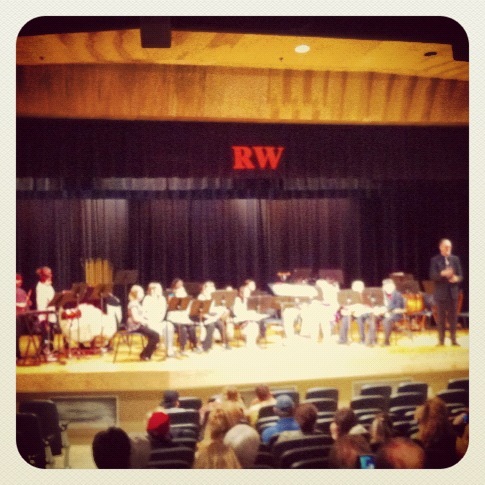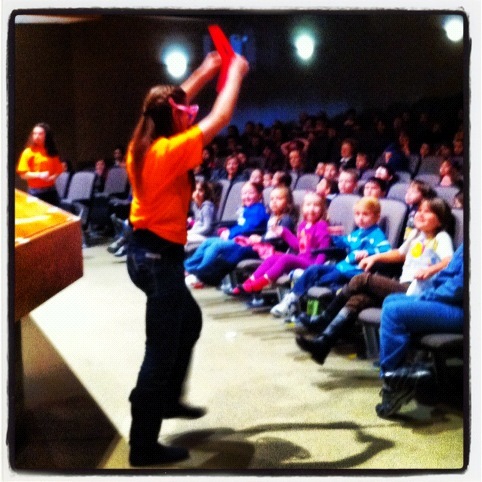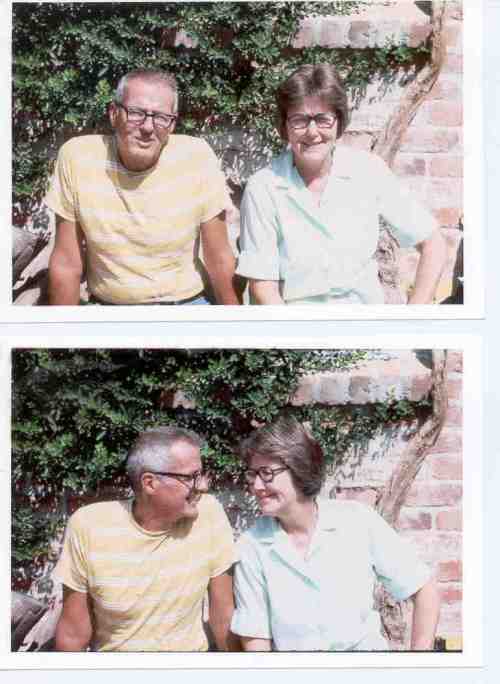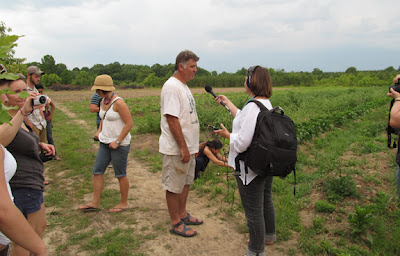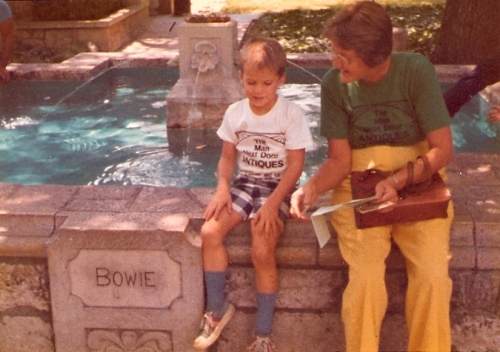School-Community Relations are important because they allow a school district to put its best foot forward. As educators, I think we do a tremendous job in our classrooms. However, by not “showing off” what we do on an everyday basis, our talents and work are boiled down into our AYP and our ACT scores. In order to measure success in our schools we need to show there are more measures of success. It is our responsibilities as educators to educate the public as to what we are doing in the classroom. New technology and media make that prospect easier today than it has ever been, however many in our profession continue to do very little to show the “outside world” what they are doing and how well they are educating our kids. Increasing public knowledge about the kinds of programs and the type of education children are receiving better demonstrates worth to the public than relying on an AYP or Act score.
Sure a school without a good Community Relations plan will survive. However, I think as leadership transitions from person to person without a set of policies and procedures there won’t be the kind of consistency and continuity that schools of the 21st Century should have. In many jobs you have the outgoing person train the incoming person and that may work for some school districts, but what happens when the outgoing person is not competent or is leaving under duress, their attitude toward the school and the district may be less accommodating to that new person leaving them without any real understanding of the situation they are walking in to. Having a plan developed allows for districts, school boards, and community to have a better grasp of how their schools should run and what types of things take place in their schools.
Creating two-way communications between groups allows for the free flow of information so that the schools understand the educational needs of the community and the community understands and supports the educational mission of the school. I think disseminating the educational message of a school through different channels is important so that you can try to reach a variety of publics. In doing so we would hope to inspire a dialogue with those publics in attempts to get them to get involved in school affairs. Five specific actions I would take would be in an elementary school would be:
1 ) INFORMATION: I would implement a school blog and a twitter account. This would be used to update parents regarding daily and upcoming events. I want to have a place I can refer parents and interested parties to where they can get correct information about programs and achievements of my school. I want have open access for people to view and also want to promote it using social media like Twitter and Facebook. Incorporating social media allows for quicker and less expensive means of communicating with a large segment of our community.
2.) PROGRAMMING: I would work with the PTA and the SBDM to come up with a Fall Festival or Concert. The goal we be immediacy. By having a program (fall festival, song fest, science fair, Christmas pageant, etc.) early in the year we can promote attendance and reach out to everyone early in the school year. The program in itself is just a shell for a meet-and-greet in the community where we establish communication and open the discussion about what kind of education we are giving students at our school. We would have tables where parents can sign up for information, volunteering, joining the PTA, they can use our computers to see our website and we can get them to join our Twitter feed and Facebook page. From there I would look to adapt our programming based on informal surveying of the attendees by staff and myself. My goal would be for at least one of these larger school-wide meet and greets a quarter, but I’d prefer to have 1 a month.
3.) FOLLOW-UP: Using the school data base, the PTA, and the SBDM, I would send a survey home with students to see how their educational needs were being meet and to see what we can do to better educate our children with the resources we have.
4.) COMMUNITY SPONSORSHIP: Coming from a background in sports I would look for local businesses to sponsor our programming events in order to off-set the costs of the events. I would provide sponsorship spaces for those that required it. Generally, local businesses will support local schools. Donations are tax deductable. At the elementary school I recently subbed at we could get sponsors to pay for inflatables and provide prizes for our fall festival. A “Fall Festival” with free inflatables and a DJ or live music would get kids to want to come and if kids want to come, parents will follow.

5.)EXTENSION CLASSES: I would institute workshops and extension classes in our school on weeknights or weekends to get parents to come to the school and for them also to realize that we are an educational resource for our entire community, not just for our children. Bringing in speakers and having workshops on a variety of topics from technology to gardening would hopefully build ties with our parents and our community. I would like to see our parking lot used as a Farmer’s Market on the weekends where once the Farmer’s Market is over, extension classes take place in the cafeteria. Then hopefully, following the market would be a recital or some evening activity that would engage even more of our community and our parents and students. I want my school to be an educational extension for the entire family and hope that in doing so we get the entire family invested in our school and what we are doing.



